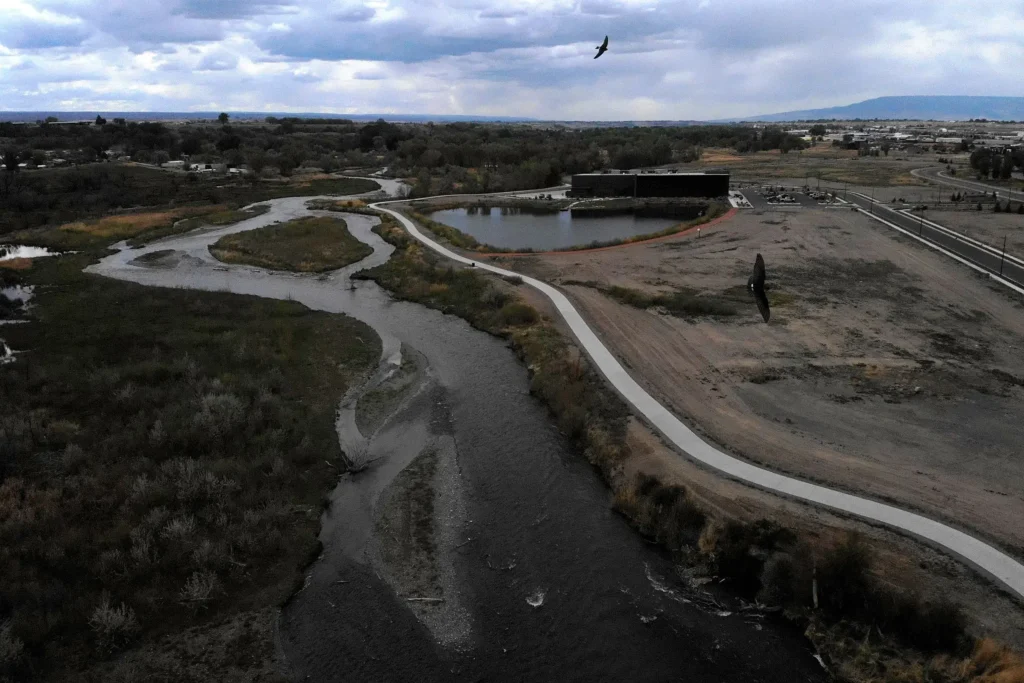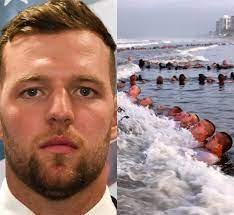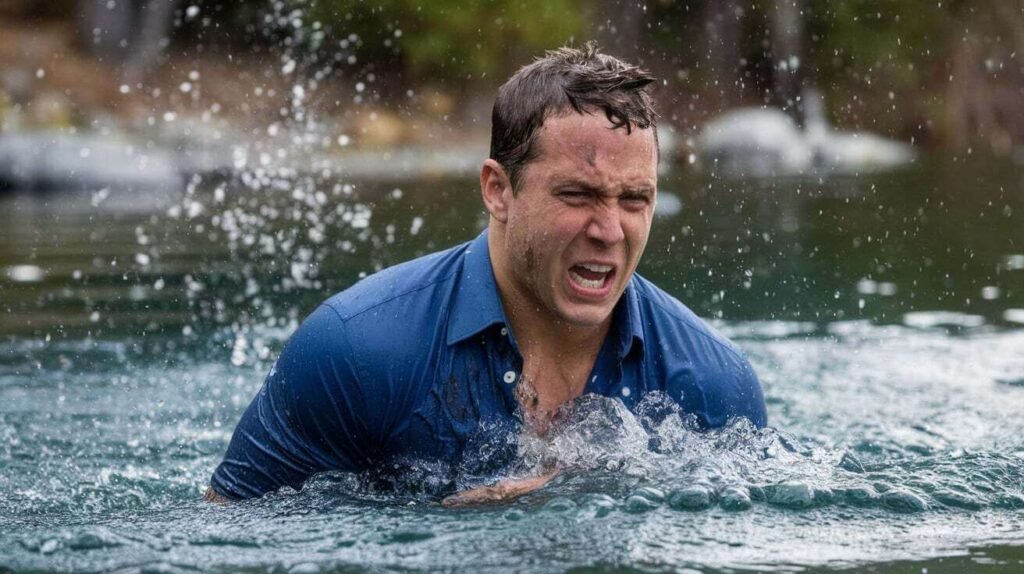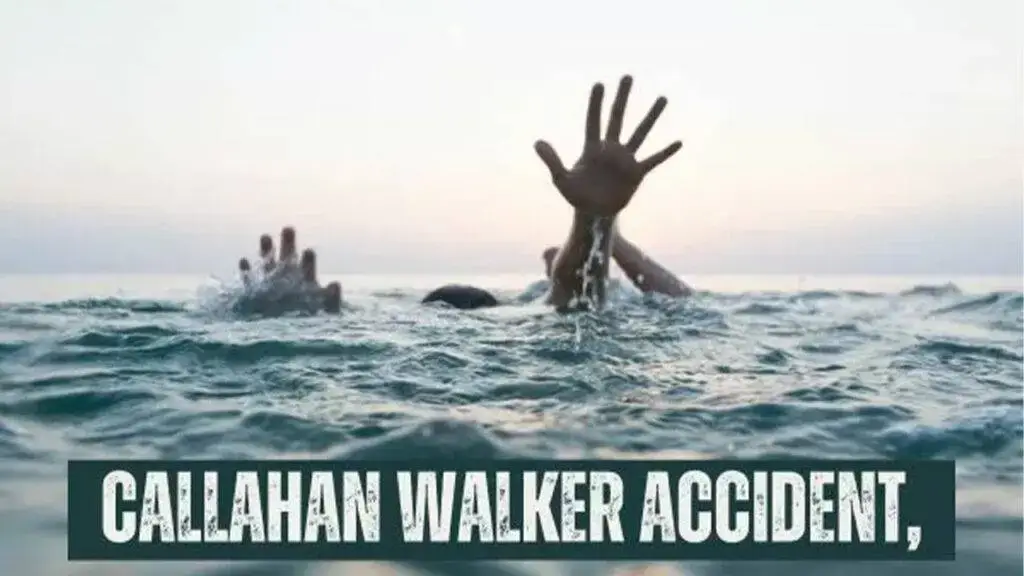The Callahan Walker drowning refers to the heartbreaking incident involving a young boy, Callahan Walker, who tragically lost his life in a neighbor’s swimming pool in 2005. This devastating event not only left a family shattered but also spurred discussions around pool safety, negligence, and legal responsibility in residential areas.
In this article, we will explore the details of the tragedy, the legal and social aftermath, and the broader implications it had for pool safety standards.
Who Was Callahan Walker?
Callahan Walker was a bright and energetic six-year-old boy living with his family in a quiet suburban neighborhood. Known for his cheerful personality and adventurous spirit, Callahan was beloved by his family and friends. On what seemed like a regular day in 2005, his life was tragically cut short in an incident that could have been prevented.
The Incident: What Happened?
The Callahan Walker drowning occurred in the summer of 2005. On the day of the incident, Callahan was playing outside when he wandered into a neighbor’s backyard. The neighbor’s property featured a swimming pool that was unfenced and accessible, a critical factor in what would unfold.

Callahan, who had little swimming experience, fell into the pool and drowned. By the time he was discovered, it was too late to save him. Paramedics were called, but despite their efforts, the young boy could not be revived.
The Aftermath: Grief and Shock
Impact on the Walker Family
The Walkers were devastated by the loss of their son. Their grief was compounded by the circumstances of the incident, which highlighted potential negligence on the part of the neighbor. In their mourning, they became vocal advocates for improving pool safety measures to prevent similar tragedies.
Community Reaction
The local community was shaken by the tragedy. Residents questioned how such an incident could occur in a seemingly safe and family-friendly neighborhood. The tragedy prompted neighbors to reflect on their own safety practices and discuss the broader responsibilities of pool owners.
Legal Implications and Debates
The Callahan Walker drowning raised several legal questions that became the focus of much debate:
1. Responsibility of Pool Owners
One of the central issues was the responsibility of the neighbor who owned the pool. At the time, the pool was not secured by a fence or locked gate, which violated local safety codes. Legal experts and community members debated whether this oversight constituted negligence.
2. Parental Responsibility
While many sympathized with the Walker family, some questioned parental supervision. Discussions arose around the balance of responsibility between parents and property owners when it comes to child safety in shared spaces.

3. Legal Outcomes
The case eventually led to legal proceedings, with the Walker family filing a lawsuit against the neighbor. The lawsuit argued that the lack of proper safety measures directly contributed to Callahan’s death. While specific details of the settlement or court decision remain private, the case underscored the importance of enforcing pool safety laws.
The Broader Issue: Pool Safety in Residential Areas
The Callahan Walker drowning highlighted significant gaps in pool safety standards and enforcement.
1. Statistics on Child Drowning
According to the Centers for Disease Control and Prevention (CDC), drowning is a leading cause of death for children aged 1-14 in the United States. Residential swimming pools are particularly hazardous, with young children being the most vulnerable.
2. Safety Standards for Pools
Following the tragedy, advocates pushed for stricter enforcement of pool safety regulations, including:
- Mandatory fencing around pools.
- Alarms to alert homeowners if someone enters the pool area.
- Proper signage and visible safety instructions.
- Regular inspections to ensure compliance with local codes.
3. Importance of Supervision and Education
While structural safety measures are critical, parental supervision and education about water safety remain essential. Teaching children how to swim and emphasizing the dangers of unsupervised water play can significantly reduce the risk of drowning.

Advocacy and Legacy
In the wake of the Callahan Walker drowning, the Walker family became advocates for improved pool safety measures. They collaborated with local organizations to raise awareness about the risks of unsecured swimming pools and the importance of preventative measures.
Legislative Changes
The case contributed to a renewed focus on enforcing existing pool safety laws and, in some areas, inspired new legislation. These changes aimed to hold pool owners accountable and reduce the number of preventable drownings.
Community Awareness Campaigns
The tragedy also spurred community efforts to educate families about water safety. Programs were developed to offer free or low-cost swimming lessons for children and encourage neighbors to collectively prioritize safety.
Lessons from the Callahan Walker Drowning
The incident serves as a tragic reminder of the importance of vigilance when it comes to water safety. Key lessons include:
1. The Role of Pool Owners
Property owners with pools must take proactive steps to secure their facilities. This includes installing fences, gates, and alarms to prevent unauthorized access, particularly by young children.
2. Parental Awareness
Parents should always be aware of their children’s whereabouts and educate them about the dangers of water. Supervision is crucial, especially in neighborhoods with accessible pools.
3. Community Responsibility
Communities must work together to ensure safety standards are upheld. This includes reporting unsafe conditions, participating in educational programs, and supporting families in need of resources for water safety.
Preventing Future Tragedies
To prevent incidents like the Callahan Walker drowning, communities and families can adopt several measures:
- Regular Pool Inspections: Ensure pools meet safety standards through routine checks.
- Education Campaigns: Teach children and adults about water safety and the importance of supervision.
- Technology Solutions: Invest in pool alarms and safety covers to add extra layers of protection.
- Legislative Advocacy: Push for stricter regulations and penalties for non-compliance with safety laws.
Conclusion
The Callahan Walker drowning was a tragic event that brought immense grief to a family and shed light on the dangers of unsecured swimming pools. While the loss of Callahan is irreplaceable, his story has inspired efforts to improve safety measures and raise awareness about the risks of drowning.
By learning from this incident and taking action, families, communities, and lawmakers can work together to prevent similar tragedies in the future. Callahan’s legacy serves as a solemn reminder of the importance of vigilance, responsibility, and collective action when it comes to protecting children.




